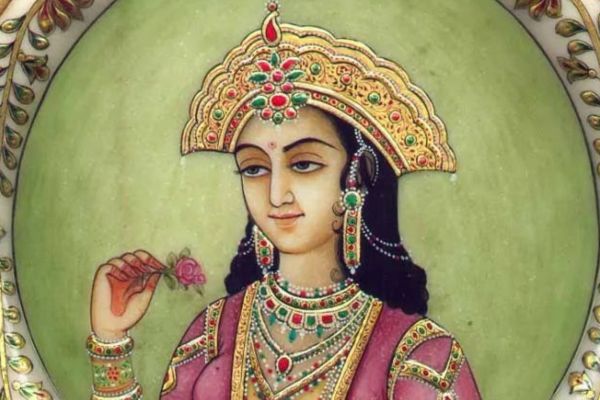The story of Mumtaz Mahal Sister Farzana Begum dates back to medieval times while Mirza Giyas Beg and his wife Asmat made a debut in the Mughal times from, Persia. This Beg family rose to prominence with their wit and loyalty toward the rulers. During the reign of the III Mughal emperor, Akbar Giyas managed to reach India overcoming the hardships of travel.
Abdul Hasan Asaf Khan was the Sar of Giyas Beg who was born in 1569 in Safavid Iran. While his sister Mehar (Nur-Jahan) was born to Asmat en route to India, Asaf Khan become the Vazir of Shahjahan and offered his services for the uplift of the empire. He died at Bundi and was burned at Lahore Asaf Khan was manned to Diwan ji Begum and both had 5 children namely Arjuna Bano (Mumtaz Mahal), Shaista Khan, Malika Banu Begum, Parwar Khanam and Farzana Begum.
Mumtaz Mahal Sister Farzana Begum Icon of Beauty
Both the eldest sister and the youngest were the paragon of beauty like their aunt Noor Jahan. Mumtaz was born on 27th April 1593 at Agra. She was betrothed to prince Khurram at the age of 16 and become a true example of love.
She had a great influence or the emperor Shahjahan and was overpowered by her wit and beauty. She was fluent in Persian and Arabic Shahjahan bestowed extreme love towards her while disparaging his first and third wife. She gave birth to 14 children out of which there were six daughters and 8 sons. She died on 17 june 1631 at Burhanpur while giving birth to 14 progeny. Unfortunately, she succumbed to death on account of excessive bleeding. Her remaining children were taken care by Sati ul-Nissa Khanam.
Farzana Begum like wisely was a very witty and beautiful model. She can be aptly considered as an equalizing. There is a portrait painting in opaque water colour with gold and silver metallic paint which shows her standing erect with a flower hand and displays her as an epitome of feminish beauty Lady Farzana was manned to Jafar Khan an important noble of Shajahan they hand a son Naamdar Khan.
Mumtaz Mahal Sister Farzana Garden
The Mughal city Agra had a glorious past with a beautiful riverfront garden and tombs which allowed the common folks and the travelers from overseas. The Taj Mahal, Agra Fort, Itmad ud Daula, Rambagh, Chini ka Rauza, and Jafar Khan Tomb are to name a few. The mansions of the prince and other important nobles lined the right bank upriver and down river Yamuna. The left bank of the river was for important gardens.
Shahajan made a beautiful garden for Mumtaz Mahal sister Farzana which was located at the area close to modern time’s central jail and is Nar extant. The area close to the R.B.S College and Lajpat Kunj in Agra still bears the name as Bagh Farzana after the lady’s name.
Book Taj Mahal Tour
Shahjahan and Mumtaz Mahal Sister Farzana
On the loss of Mumtaz Mahal Shahjahan kept himself aloof and led a life in the gloom. His life becomes dreary an account of bereavement. At this juncture, he was supported by his eldest daughter Jahan Ara Begum. He was also given support by Mumtaz Mahal sister Farzana who took care of the children. As Zafar Khan his husband was appointed as the governor of Patra, she remained in Agra. Shahjahan appointed Farzana as the head Mistress and gave her mansavdari.
On the demise of Jafar khan he was bored in Agra in the tomb presently located in the waterworks Area of Agra Jafar Khan’s Haveli was located downstream close to the Agra Fort close to Jafar Khan’s and sister Itiqad Khan and Maja Begum.
Zafar Khan’s Tomb
Zafar khan the husband of Mumtaz Mahal sister even rose to prominence during the reign of Aurangzeb’s rule and he enjoyed 5000 manav privileges. He became Vizir of Aurangzeb.
Zafar Khan’s tomb is close to water works crossing near the Gaushala compound and you can visit it during Taj Mahal Tour. It is in a dilapidated condition close to it lies the Red Mosque (Lal Masjid) built by Zafar Khan and the tomb of Shaista Khan Keeping in the supposed tour of G20 delegates the department of Archaeology is working on the conservation of these monuments.


